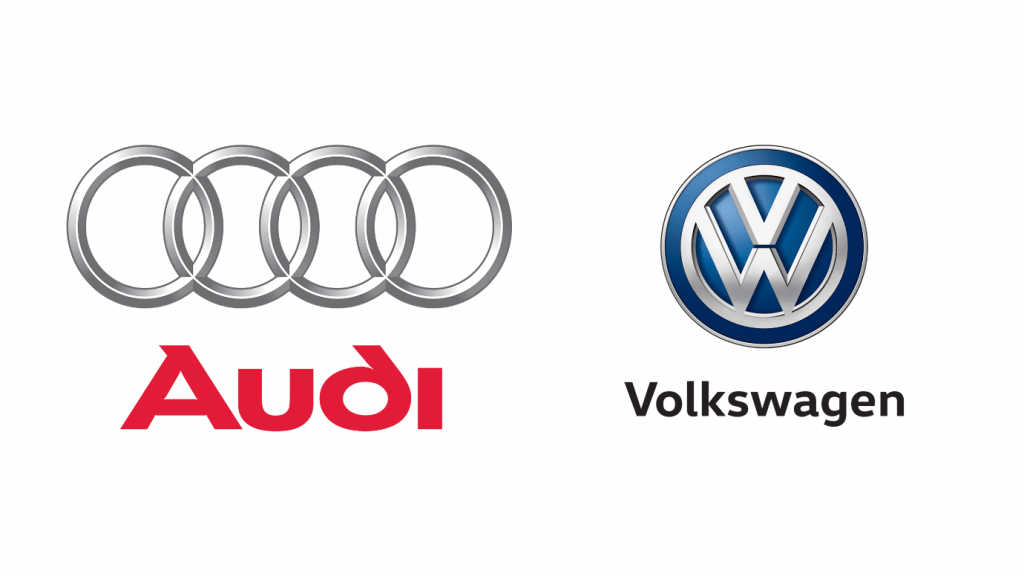
Canada Appeals for International Firefighting Aid
June 09, 2025: Canada has issued an international appeal for firefighting support as wildfires intensify across multiple provinces

August 29, 2022:- Audi has ensured its Formula 1 entry in 2026.
The luxury brand is anticipated to have a tie-up with Sauber, although they have only reported they are manufacturing engines from 2026.
The coming of Volkswagen-owned brands Audi and Porsche into F1 has been one of the sport’s worst-kept secrets in recent months, and Audi was the first to confirm its plans ahead of this weekend’s Belgian GP.
Audi was previously linked with a partnership with McLaren but has reportedly turned their attention to Sauber. They presently run under the Alfa Romeo banner but have been in talks with other brands.
Audi, whose announcement arrives weeks after the 2026 engine rules were confirmed, is planning to expand their engines, with the chassis still expected to be set at Sauber’s Switzerland base.
“I am delighted to welcome Audi to Formula 1, an iconic automotive brand, pioneer, and technological innovator,” said F1 president Stefano Domenicali.
“This is a significant moment for our sport that highlights our considerable strength as a global platform that continues to grow.
“It is a big recognition that our move to sustainably fueled hybrid engines in 2026 is a future solution for the automotive sector. We look forward to seeing the Audi logo on the grid and will be hearing further details on their plans in due course.”
Volkswagen’s German rivals Mercedes have dominated F1 for much of the last decade, but the manufacturing giant has not previously been involved with the sport.
It has, though, worked with Red Bull in the world rally championship.
Porsche is expected to link up with Red Bull, with whom they have been linked for many years and who have their own Powertrains Division, especially on the 2026 changes.
Expressing about the luxury brands’ potential arrival earlier this year, Lewis Hamilton says that “I think it’s great that we’re going to get the recent manufacturers within the sport, as you see there are many teams who have potential to be top teams but our customer teams, so I think it’s going to be great moving forwards.”
We provide the insights on leaders who are responsible for taking their organization to new heights, all the while bringing together a group of talented individuals.

June 09, 2025: Canada has issued an international appeal for firefighting support as wildfires intensify across multiple provinces

May 27, 2025: Air Canada Cuts Five U.S. Routes for Winter 2025–26, Part of Broader Cross-Border Retrenchment

May 26, 2025: Trump Freezes $2.2B in Federal Grants to Harvard Over DEI, Threatens Tax-Exempt Status.

May 14, 2025: Microsoft has announced plans to reduce its global workforce by approximately 3%, affecting roughly 10,000 employees across multiple departments.

May 13, 2025: The Trump administration is considering suspending the constitutional right of habeas corpus in a bid to accelerate mass deportations.

April 29, 2025: Donald Trump’s second term has reached the 100-day mark under sustained public skepticism, with national approval ratings